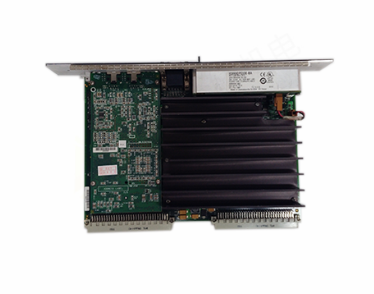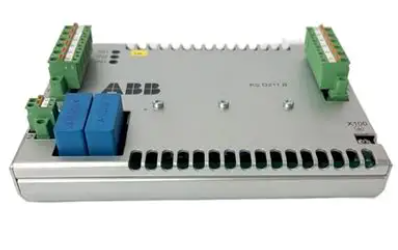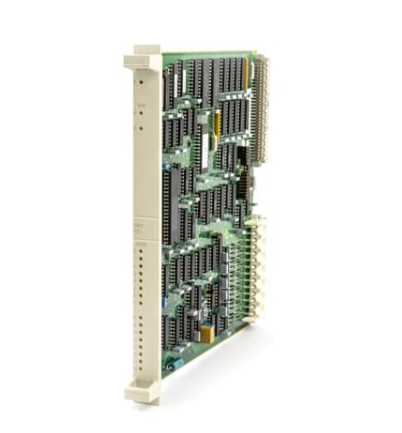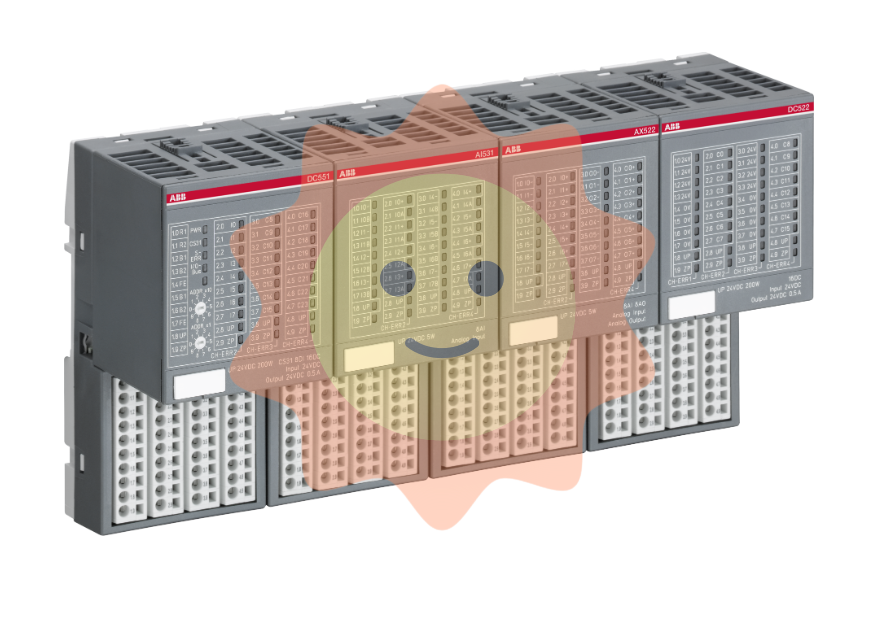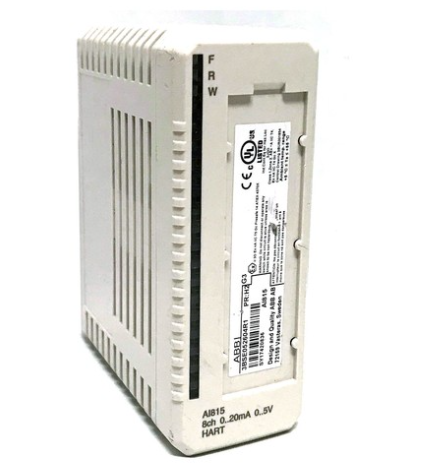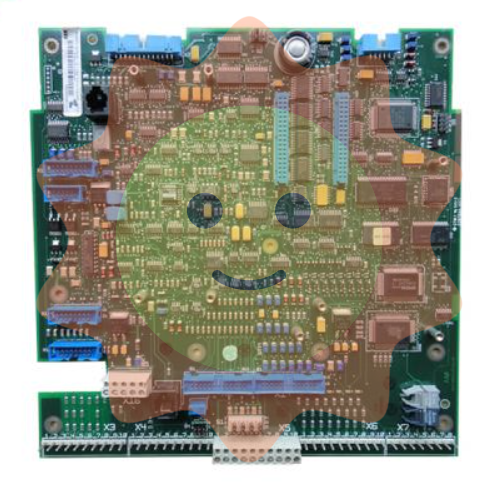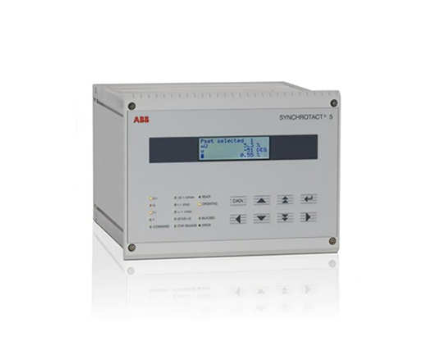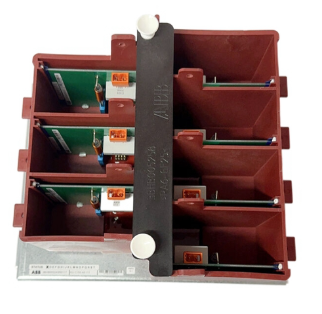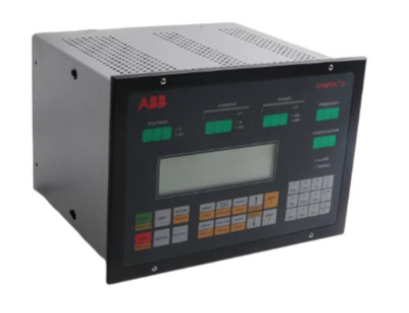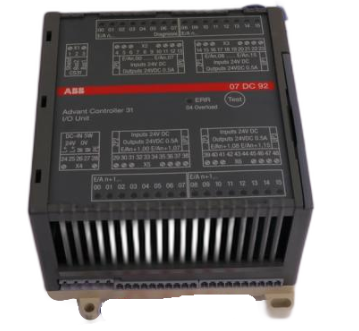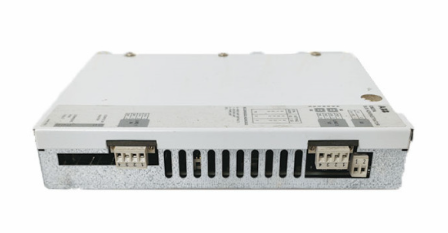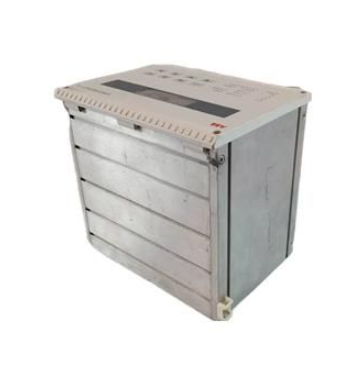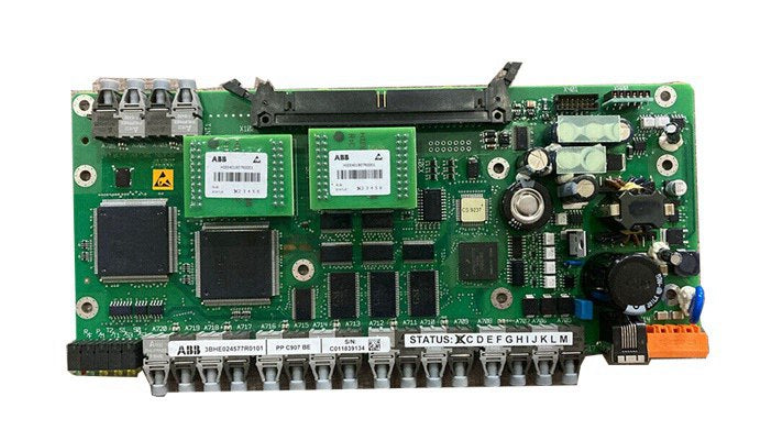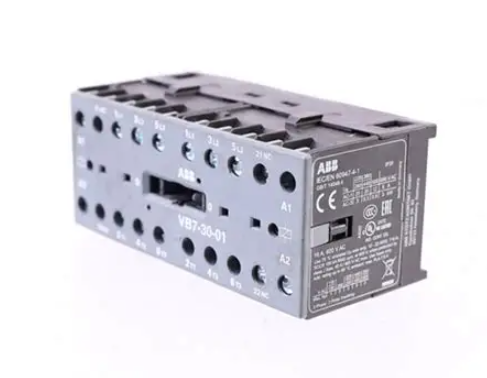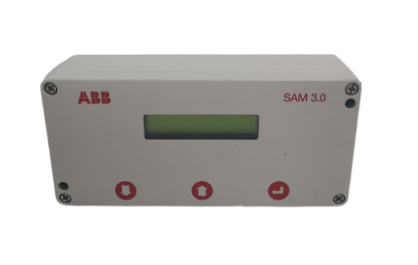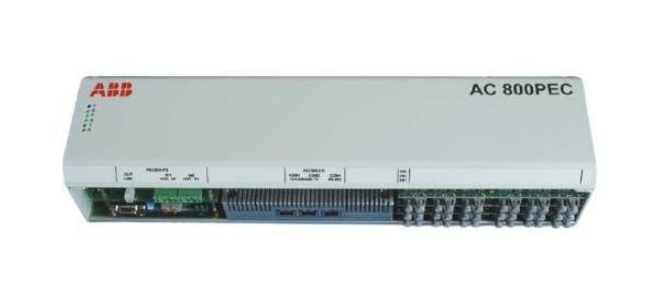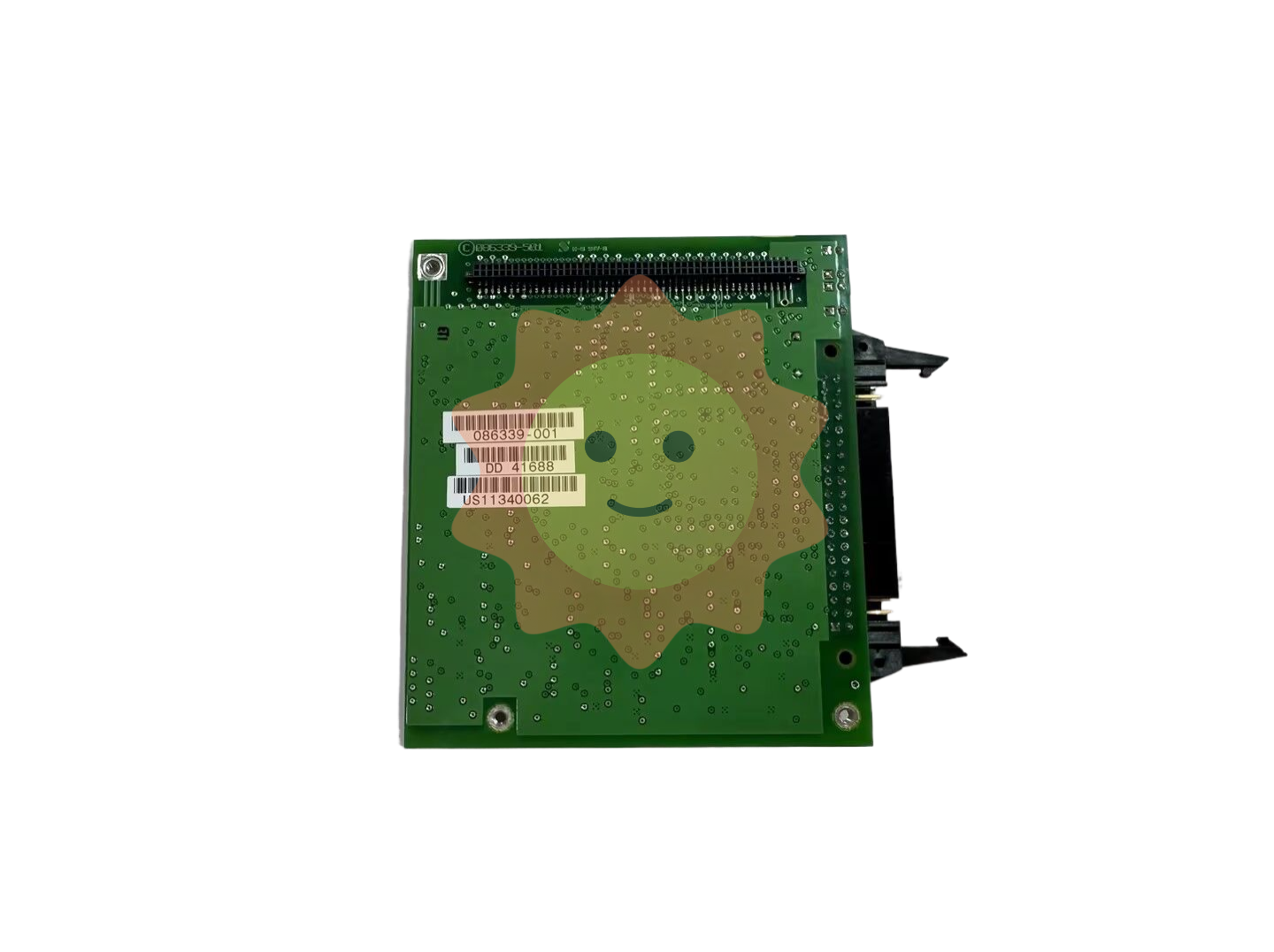Xycom 81987-001/81987-001-D Universal I/O Board
The data processing unit further analyzes, calculates, and processes the collected data according to preset algorithms and programs, such as data filtering, range conversion, fault diagnosis, etc. The processed data can be transmitted to the upper computer or other devices through communication interfaces according to system requirements, or control signals can be output through digital and analog output channels to drive external device actions.
During the communication process, the board establishes connections with other devices through RS-232, RS-485, or Ethernet interfaces, and follows the corresponding communication protocol for data transmission. For example, when using the Modbus RTU protocol, the board will package the data into frames for transmission and reception according to the format and rules specified in the protocol, and verify and parse the received data to ensure its accuracy and completeness.
At the same time, the fault diagnosis module inside the board continuously monitors the working status of various parts of the board, including power supply voltage, chip temperature, communication links, etc. Once an abnormal situation is detected, the fault diagnosis module will immediately trigger an alarm mechanism and record the fault information for subsequent processing. Through this workflow, the board realizes a series of key functions such as data acquisition, processing, transmission, and equipment control in industrial control systems.
Key advantages
High flexibility and versatility: With a diverse range of interface types and quantities, it can adapt to various types of industrial equipment and sensors, meeting the needs of different industrial application scenarios. This board can easily handle both simple digital control and complex analog monitoring and adjustment. Through software configuration, users can flexibly define the functions and parameters of each interface, achieve personalized control of different devices, and improve the universality and applicability of the board.
High reliability and stability: Designed and manufactured according to industrial standards, using high-quality components and undergoing rigorous quality testing and reliability testing. It can still work stably and reliably in harsh industrial environments such as high temperature, high humidity, and strong electromagnetic interference. The application of electrical isolation technology effectively improves the anti-interference ability of the board, ensuring the accuracy of data transmission and the stability of equipment control. The comprehensive fault diagnosis and alarm functions can timely detect and handle problems that occur during the operation of the board, reduce equipment failure rates, and ensure the continuity of industrial production.
Easy to integrate and expand: The compact size and standardized installation method make it convenient to integrate the board into various industrial control cabinets and equipment. At the same time, the board provides rich communication interfaces for easy communication and networking with other devices, making it easy to expand and upgrade the system. In industrial automation production lines, the number of boards can be flexibly increased or decreased according to production scale and process requirements to meet the production needs at different stages. In addition, Xycom provides comprehensive software development tools and technical support, which facilitates system integration and secondary development for users, reducing the difficulty and cost of system integration.
Efficient data processing capability: The board integrates high-performance data processing units internally, which can quickly process large amounts of input data and generate corresponding control signals according to preset algorithms and programs. In the industrial production process, facing real-time changes in equipment status and process parameters, this board can quickly respond and achieve real-time control and optimization adjustment of equipment. Efficient data processing capabilities not only improve the operational efficiency of industrial control systems, but also help enterprises improve production quality, reduce production costs, and enhance their market competitiveness.
Precautions
Installation operation: Before installing the board, it is necessary to ensure that the industrial control system is in a power-off state to avoid short circuits or other electrical accidents caused by live operation, which may damage the board and other equipment. During the installation process, strictly follow the installation instructions in the product manual to accurately install the board on the DIN rail or fix it in the installation position with screws, ensuring that all interfaces are tightly and firmly connected. Be careful to avoid applying excessive external force to the circuit board during installation to prevent deformation or damage to components. For situations that require jumper settings or hardware configuration, carefully read the manual and make the correct settings according to actual application requirements to avoid the board from malfunctioning due to incorrect settings.
- EMERSON
- Honeywell
- CTI
- Rolls-Royce
- General Electric
- Woodward
- Yaskawa
- xYCOM
- Motorola
- Siemens
- Rockwell
- ABB
- B&R
- HIMA
- Construction site
- electricity
- Automobile market
- PLC
- DCS
- Motor drivers
- VSD
- Implications
- cement
- CO2
- CEM
- methane
- Artificial intelligence
- Titanic
- Solar energy
- Hydrogen fuel cell
- Hydrogen and fuel cells
- Hydrogen and oxygen fuel cells
- tyre
- Chemical fiber
- dynamo
- corpuscle
- Pulp and paper
- printing
- fossil
- FANUC
- Food and beverage
- Life science
- Sewage treatment
- Personal care
- electricity
- boats
- infrastructure
- Automobile industry
- metallurgy
- Nuclear power generation
- Geothermal power generation
- Water and wastewater
- Infrastructure construction
- Mine hazard
- steel
- papermaking
- Natural gas industry
- Infrastructure construction
- Power and energy
- Rubber and plastic
- Renewable energy
- pharmacy
- mining
- Plastic industry
- Schneider
- Kongsberg
- NI
- Wind energy
- International petroleum
- International new energy network
- gas
- WATLOW
- ProSoft
- SEW
- wind
- ADVANCED
- Reliance
- YOKOGAWA
- TRICONEX
- FOXBORO
- METSO
- MAN
- Advantest
- ADVANCED
- ALSTOM
- Control Wave
- AB
- AMAT
- STUDER
- KONGSBERG
- MOTOROLA
- DANAHER MOTION
- Bently
- Galil
- EATON
- MOLEX
- Triconex
- DEIF
- B&W
- ZYGO
- Aerotech
- DANFOSS
- KOLLMORGEN
- Beijer
- Endress+Hauser
- MOOG
- KB
- Moxa
- Rexroth


Email:wang@kongjiangauto.com



